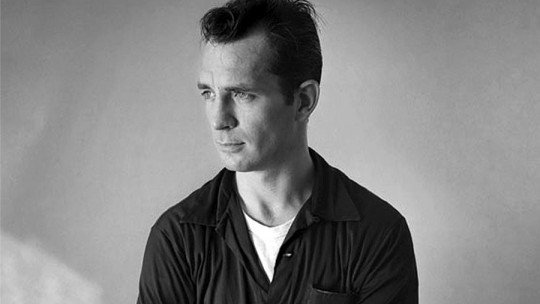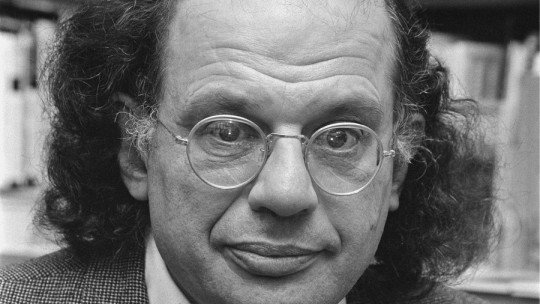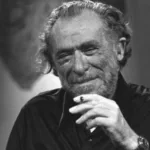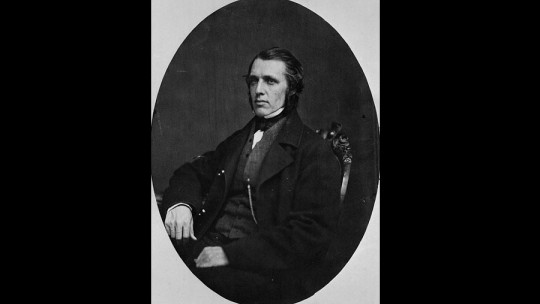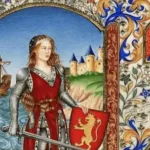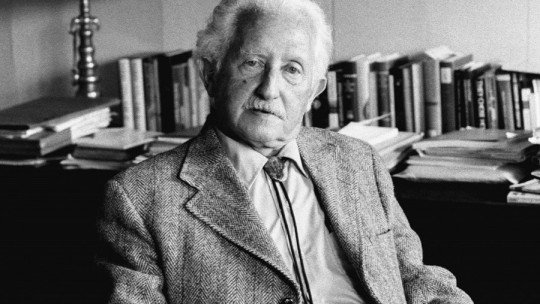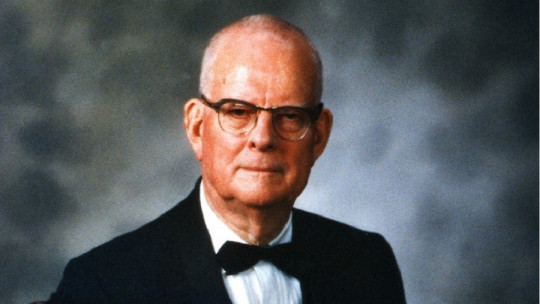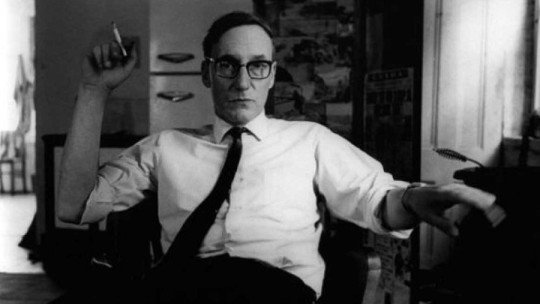
This is not a hoax, nor a rumor. He himself told it openly; In September 1951, he killed his wife with a shot to the head. William S. Burroughs (1914-1997), one of the most famous members of the so-called Beat Generationhad fled to Mexico with his wife, Joan Vollmer, both accused of drug possession.
At one of their stops, they decided to play William Tell: Burroughs put a glass on Joan’s head, and tried to burst it with a shot. The bullet passed at a low altitude and, instead of shattering the glass, it shattered Joan’s head.
To talk about William S. Burroughs is to talk about scandal, drugs, abuse, unbridled sex and pure lack of control The writer tells in the prologue of his work naked lunch (1959) who lived for weeks in a room in Tangier, without water or electricity (they had been cut off for lack of payment), completely devoted to heroin. As a result of these atrocious experiences with drugs, his book emerged junkie (1953), where he crudely recounts addiction. In today’s article, we tell you about the life of this controversial American writer, William S. Burroughs.
Brief biography of William S. Burroughs, the most controversial member of the Beat Generation
In reality, it is difficult to choose the most scandalous representative of this American literary movement. Another of his colleagues, Allen Ginsberg (1926-1997), was a true symbol of the American counterculture of the 1960s, and another of the members, Jack Kerouac (1922-1969) was the author of one of the most controversial works of the group, on the road (In the path).
However, William S. Burroughs was a decade older than them, so both Ginsberg and Kerouac took him as the “grandmaster” of rebellion and scandal When the three met, in the mid-1940s, Burroughs was already a “celebrity drug addict” (he had tried every known narcotic) and, furthermore, his openly bisexual sexual orientation was a shock to that puritanical society. Postwar American.
Grandson of the inventor of the calculator
William Seward Burroughs was born in Saint Louis, Missouri, on February 5, 1914, into a family of wealthy businessmen. His grandfather, who bore the same name, had gone down in history as the inventor of the calculator (or, rather, the marketer of the modern calculator, since, already in the 17th century, Blaise Pascal had devised a similar artifact). It seems that Burroughs suffered sexual abuse in his early childhood, although the case is not sufficiently documented. In any case, if the event was true, it could have negatively influenced his subsequent psychological balance.
The family paid for the boy’s select studies in private schools in the southern United States, until, in 1936, Burroughs, now in his twenties, enters Harvard University, where he obtains a degree in English Literature However, his academic interests will continue to be active: later, we find him in Vienna, studying Medicine, and, even later, again at Harvard, where he becomes interested in Anthropology.
Master of the Beat Generation
We can imagine the intellectual potential of the young person based on this coming and going of studies. Despite this, his unstable psyche soon suffers, and Burroughs falls into the dark trap of drugs. We are in the mid-1940s, and the future writer has tried absolutely everything. It is at this moment when he meets two young people with whom he will establish a new way of seeing literature and, by extension, the world: Beat Generationor Beat Generation.
The other members of this youth group, deeply disillusioned with American society and with the obvious cuts to freedom of expression and sexual freedom, are Allen Ginsberg and Jack Kerouac, much younger than Burroughs, and who soon take him as a living symbol. of protest and rebellion. In fact, the three end up being expelled from Columbia University, due to their insubordination and bad behavior.
Thus, the Beat Generation (which takes its name from the jazz cadence and the expression used to refer to deep depression, beat down), begins to be characterized by a constant insurrection against established society and absolute sexual freedom which its members openly display. howl (Howl), Ginsberg’s first collection of poems, will be the starting shot of a production, often in mutual collaboration, represented by nonconformism, avant-garde echoes (the famous cut-up) and a subversive and crude language, often crossed out. of obscene, which earned them several lawsuits that aimed to prohibit their work.
Tangier and the dream worlds
After the accidental death of Joan Vollmer in 1951 (whose tragic circumstances we have explained in the introduction), Burroughs travels to Tangier and locks himself in a smelly room where he takes drugs relentlessly. In his own words, the Moroccan city was the only place where “anxiety did not exist.” Maybe because of his heroin abuse? Can. In any case, it is in Tangier where Burroughs begins to write, as he himself declared, prompted by the death of his wife.
In Tangier there are not only dream worlds featuring the sea and the alleys of the old city. There is also enormous sex trafficking and a very active drug market. So, The stay in the city represents for Burroughs a massive entry into that destructive spiral from which he was never going to break free
While filling up on heroin in Tangier, he also writes letters and more letters to Ginsberg, which were recently collected under the title The Ayahuasca Letters (see bibliography). In 1953, just upon his arrival in Tangier, Burroughs published Yonqui, a very eloquent testimony of his addiction to drugs. Finally, in 1959, Naked Lunch appeared, whose title was apparently suggested by Kerouac. The novel will be the first of a trilogy, also composed of The Soft Machine (1961) and Nova Express (1964).
The cut-up technique
In naked lunch the famous technique of cut-up, promoted by Burroughs but already used by avant-garde artists such as the famous Dada. It is a way of writing that does not obey any planning, not even a prior conception, which is often compared to collage in painting. They are, in short, united fragments that have (almost) nothing in common.
Burroughs himself stated that his naked lunch could be read in any order, since it lacked a traditional plot that gave cohesion to the text. The book is, therefore, not a novel in the strict sense of the word, but rather a series of unconnected vignettes. If there is a unifying element, it is drugs, omnipresent throughout the text, and also sex, stark and open. The language and explicit scenes of the book were worth it, as was the case with the Ginsberg’s Howlthe accusation of “obscene” and the subsequent trial.
Counterculture symbol and punk hero
In reality, this is what the members of the Beat Generation. What better than being considered obscene, what better than raising that acid controversy they were looking for? It was about removing the foundations of the corseted American society. In this way, Ginsberg, Kerouac and, especially, Burroughs, became symbols of the counterculture of the mid-20th century; First the hippies and, later, the punks, elevated them to the altars.
Starting in 1970, drugs stopped appearing in Burroughs’ work (or not so strongly), and the author began to focus on sexual themes. In 1985 it was published queera text that he had written in the 1950s and whose theme was so “subversive” for the time that the writer decided not to publish it The book revolves around homosexual attraction, a theme always present (or intensely hinted at) in Burroughs’ work.
The teacher of the Beat Generation He died in August 1997, at the age of 83, from a myocardial infarction. Paradoxically, the member of the beatniks The originals who lived a darker life outlived them all. Ginsberg died that same year, but ten years younger. Kerouac, for his part, had left this world much earlier, in 1969, at only 47 years old, due to a lethal hemorrhage caused by rampant cirrhosis.

